How to Clicker Train a Dog
by dogtoyadvisor | Last updated on November 18, 2020
This post contains affiliate links, meaning we get a share of the revenue from your purchase with no additional cost to you.

The clicker is something we use often when training our dogs.
It is a fast and effective way to communicate with dogs, as well as for positive reinforcement.
The clicker substitutes verbal commands, but you can also use it together for quicker, more definite results (we do!).
The basic purpose of a clicker is to mark the behavior your want your dog to learn and it’s pretty much the first thing you’ll use in the exact moment he does it.
How Does The Clicker Work?
The clicker works by association.
Following the click sound with a treat means your dog will be much more interested in hearing it again.
The natural following step is him associating what he was doing at the time of the click with that reward and want to do it again as well.
Then why don’t we just feed him the treat instead of doing both?
Because the clicker allows you to mark the exact moment your dog does what you want.
If you just use the treat to reinforce the behavior, you can only do it after he’s done it, making it less clear to him.
Using the clicker then rewarding him is the perfect combination.
Why Does Clicking Training Works?
First of all, it’s easier for your dog to hear the click sound than most sounds. Plus, it’s an exciting sound. Something that’s different and interesting.
Plus, even though dogs can learn a lot of words, they will definitely understand the click better.
For dogs, click always equals something-I-must-do-to-get-a-reward-next.
The click always sounds the same, it’s quick and precise, usable in the exact second you need it.
No word can beat that.
How to Click Train Your Dog
You can use a clicker to teach your dog (or any other animal) whatever you want.
It’s effective, regardless of age or temperament and it’s easy to use.
Here’s how to do it.
The Dos
Step 1 – Always Follow a Click With a Reward
And by always, we mean always.
Even if you’ve done it by accident and didn’t mean to.
The first step to click training is having your dog associate the clicker with reward.
Without it, a clicker is just a random object that clicks to your dog, making it worthless.
Step 2 – Start Off In a Calm Setting
As for all training sessions, you’ll want to start clicker training your dog somewhere quiet, away from distractions.
It’s also a great way to get him to learn the click sound properly and get excited by it.
Step 3 – Teach Your Dog to Respond To You
While you’re teaching your dog to associate the clicker with a reward, you’ll also want to work with him on responding to you first instead of the treats.
How do you do it?
You’ll want to carry treats with you even when you’re not training. This will teach your dog that treats can be present without it meaning he’ll have some.
On the other hand, you’ll sometimes want to train with him without using the clicker and having no treats nearby.
So you’ll have to get the treat someplace else before giving them to your dog.
This will teach your dog that he can be rewarded by doing as you ask even when you don’t have the treats in hand.
Meaning he’ll respond to you, not the treats.
Step 4 – Introduce The Clicker
Before anything else, you’ll want to click and follow with rewards, just for him to get the gist.
While there are several types of clickers, we love and use this one:
Practical, easy to carry around and effective.
Step 5 – Test Your Dog
How do you know your training is working?
Pick a time your dog is distracted and use the clicker. If he immediately looks at you and searches for the reward, it’s working.
If not, you need to work a bit more with him before moving on to the next phase.
Step 6 – Start Small
Yes, using a clicker allows you to teach just about anything to your dog, but you’ll want to take baby steps.
Once you’re sure he associates the clicker to the reward that follows, you’ll want to begin by teaching basic commands to your dog.
Just pick a basic command, like sit or lie down, use the clicker the second your dog does as intended and immediately follow with a reward. Be accurate about it.
Step 7 – Moving On To Advanced Clicker Training
The best way to use your clicker with advanced training is deconstructing the behavior into small steps.
Work with your dog on each step before moving on to the next.
Soon enough he’ll know exactly what it is you want him to do.
The Don’ts
Step 8 – Don’t Use The Clicker To Get Your Dog’s Attention
Now that you have your dog clicker trained, you’ll want to avoid some behaviors that may ruin your efforts.
The most common one is using the clicker to get your dog’s attention.
Yes, it’s effective because he’s trained to react to it, but you’ll want him to associate that click sound to a specific behavior.
But what if I’m training him to pay attention to me?
Well, then you’ll want to click and reward the moment he looks at you, not before.
Step 9 – Don’t Forget to Praise Your Dog
Another mistake that people often make is to forget to praise your dog. Yes, your dog associated the click with food, but ultimately he also wants to please you.
Successfully training a dog requires much more than just clicks and treats. You’ll have much better results if you get him properly motivated to learn.
Step 10 – Don’t Mix Correction With Clicker Training
There is no room for punishment, lashing out or leash-jerking in any kind of training.
But even more so when we’re talking about clicker training.
Clicker training is all about positive reinforcement, meaning correcting your dog during it will only make him confused.
If you’re feeling frustrated with your dog’s progress (or lack of it), just stop and resume another time.
If you aren’t getting the intended results, just take a little more time with your dog, always respecting his pace.
The lack of results probably had much more to do with your training than his learning, always remember that.
Just use it as an opportunity to learn together and use it as a bonding experience.
What Dog Behavior Problems Can You Solve Using A Clicker
With clicker training, you can effectively teach your dog basic commands and correct many behavior problems:
Affiliate links / Images from Amazon Product Advertising
Recommending Reading:

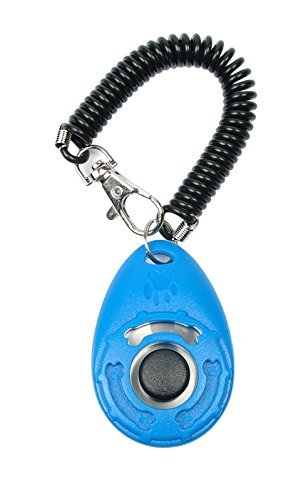
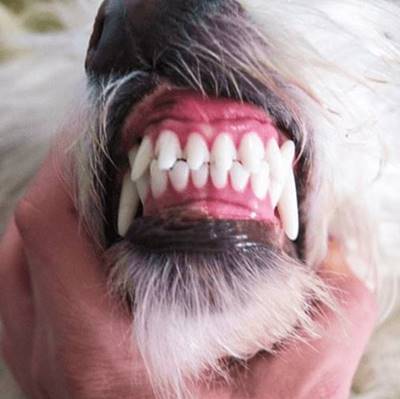
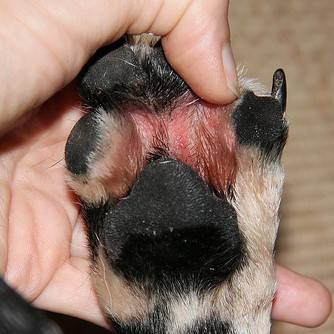

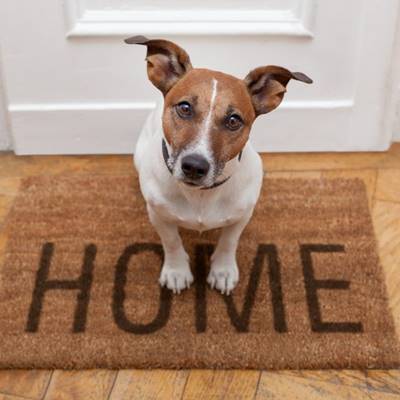
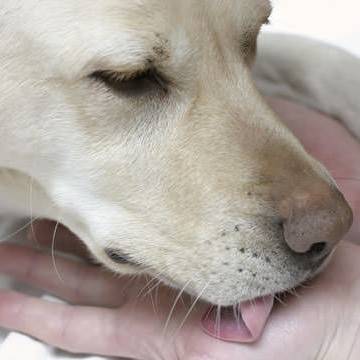
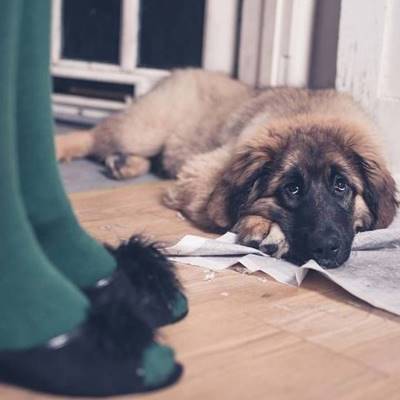

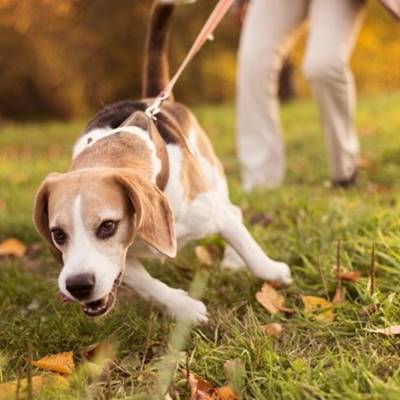
0 Comments